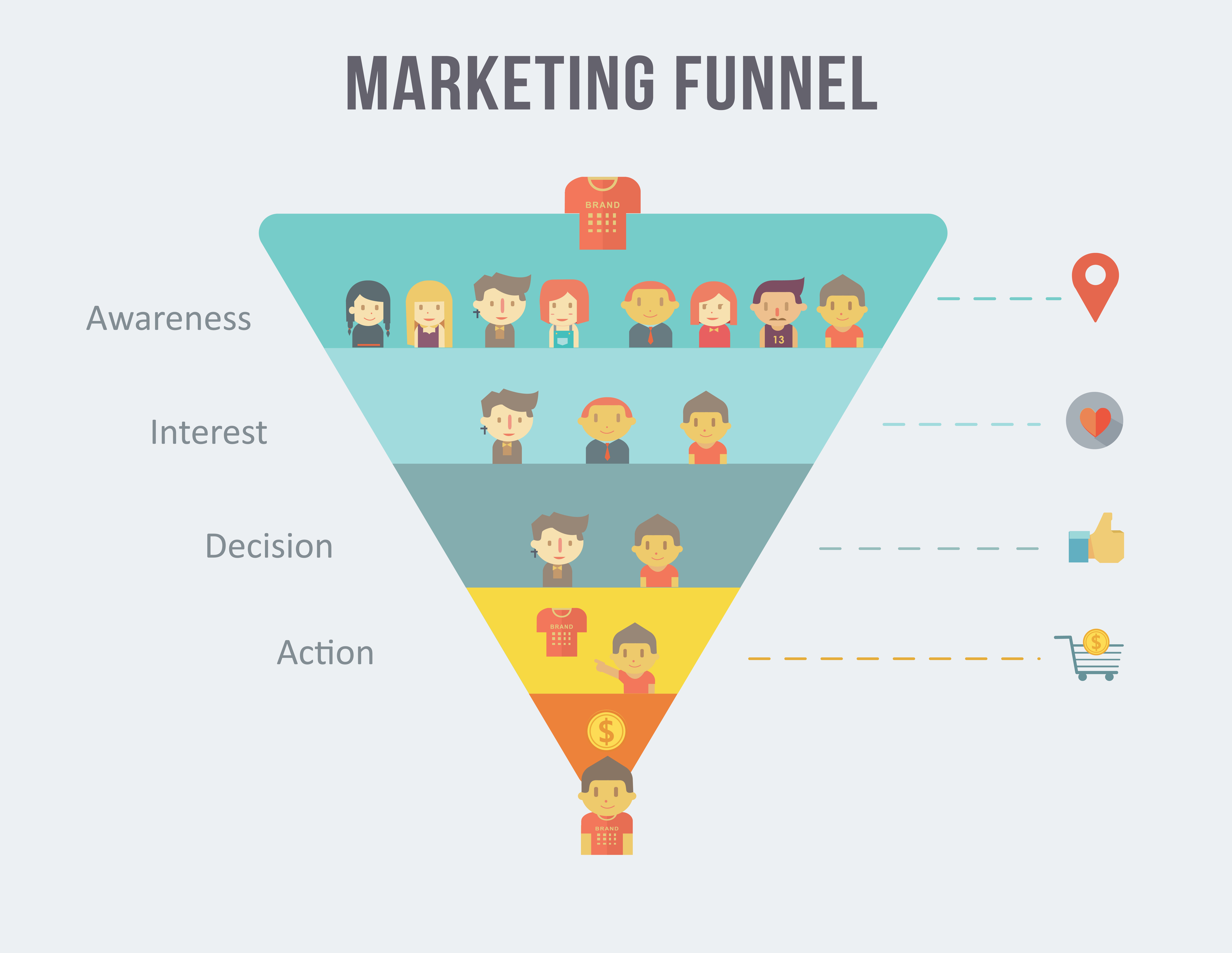The last thing business owners want to hear about their company is particularly adept at navigating “interesting times,” such as the one in which we’ve all been living since March when the coronavirus began its sweep across the U.S. that continues almost a full year later.
“We’ve lived in interesting times for a year now—and I wouldn’t wish it on anyone,” said business consultant Tom Stimson in his latest Intentional Success Network monthly webinar, “Selling in Interesting Times,” noting the hope of someone living in interesting times is a Chinese curse.
Live events pros should spend the first quarter of this year working with clients on Q2 events with a focus on safety, contingency plans and fresh ideas, then shift to renewing conversations about Q3 and Q4 in the second quarter of this year, with talk about what happens before and after events, he said.
The third quarter should include marketing of 2022 strategies, including the transition to true hybrid events in which both in-person and online attendees feel the same level of engagement, while Q4 is all about planning and a focus on scarcity with a focus on options for hybrid events.
Taking a Trip Down the Sales Funnel
All this talk about marketing, of course, means we’ve got to incorporate the sales funnel into the conversation. One problem, though, said Stimson: no one seems to know how to deal with it, especially these days.
“There’s a fundamental misunderstanding of what a sales funnel is and how it works,” he said. “Too many companies spend way too much time focused on the bottom of the funnel, but neglecting any part of your funnel can be catastrophic.
“Companies don’t usually come to us ready to buy. The top of the funnel weeds out the people who aren’t the right fit for you or you aren’t the right fit for them. The early-stage customer is aware they have a need but they don’t know what that need is. It’s an opportunity to educate them about us.”
Marketing Tips for AV Integrators: The Marketing Funnel
It’s imperative we attract prospects at the top of the funnel, helping them have awareness of our company and what we do, said Stimson. From there, prospects move to the engagement stage, where they increase their interest level. After that, we invite them to learn more and consider us.
The clincher comes at the bottom of the sales funnel, when it’s time for them to make a decision.
“You want to give prospects the opportunity to navigate through the different levels of awareness,” said Stimson. “The goal for the top of the funnel is to be attractive enough that they return or we’re able to communicate with them directly.
“When they have a timed need, you want to make sure they’re thinking about you,” he said.
That comes through being discoverable, which means relevant, attractive and credible, said Stimson. Prospects at the top of the funnel are focused on basic needs, while the middle includes applied knowledge and a path toward working together and the bottom focuses on key differentiators.







































